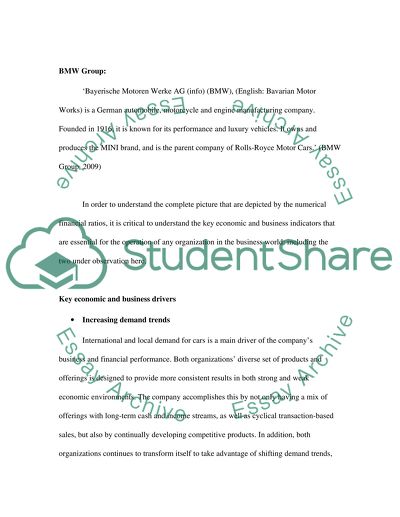Cite this document
(“Automobile Centric Organizations Research Paper”, n.d.)
Automobile Centric Organizations Research Paper. Retrieved from https://studentshare.org/miscellaneous/1506409-automobile-centric-organizations
Automobile Centric Organizations Research Paper. Retrieved from https://studentshare.org/miscellaneous/1506409-automobile-centric-organizations
(Automobile Centric Organizations Research Paper)
Automobile Centric Organizations Research Paper. https://studentshare.org/miscellaneous/1506409-automobile-centric-organizations.
Automobile Centric Organizations Research Paper. https://studentshare.org/miscellaneous/1506409-automobile-centric-organizations.
“Automobile Centric Organizations Research Paper”, n.d. https://studentshare.org/miscellaneous/1506409-automobile-centric-organizations.


